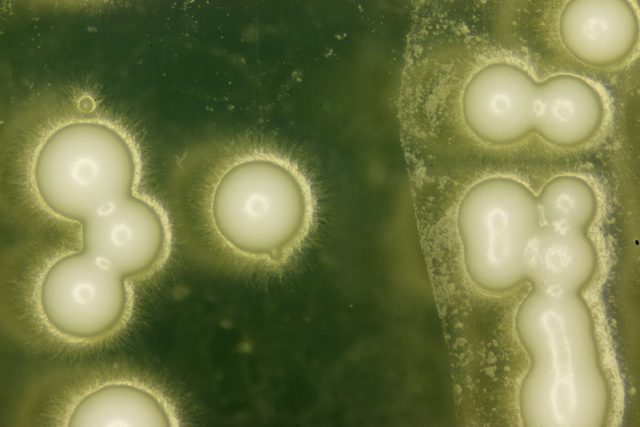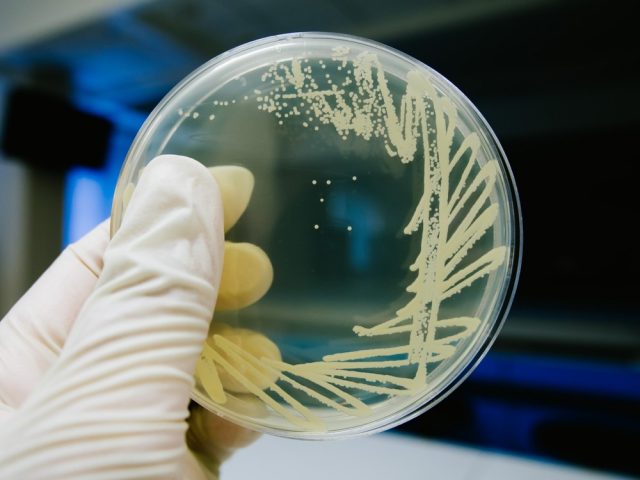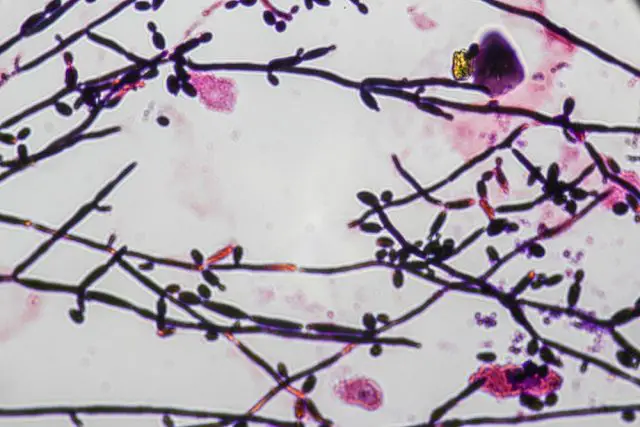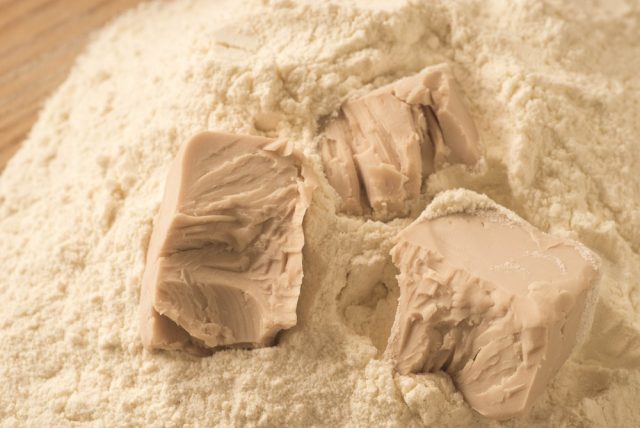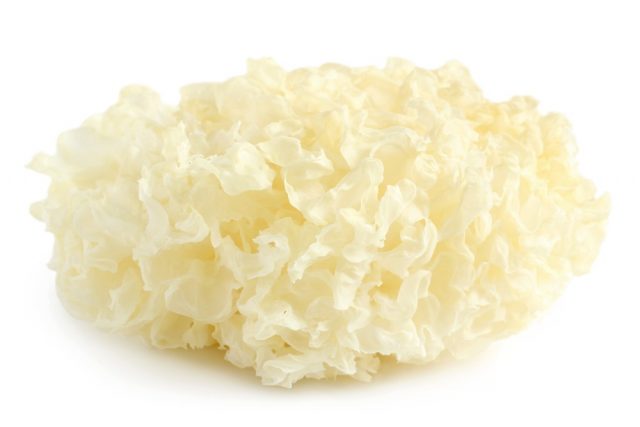Is yeast a fungus?
The appropriate answer to the query ‘is yeast a fungus or bacteria?’ would be that yes, yeasts are a lot like fungi though they often look more like the bacteria. This often depends on an adaptation to live in a liquid medium of high osmotic pressure which usually looks for sources with high sugar content like those found in the surface of fruits and nectar of flowers.
If they manage to be present nearest to the surface that is as closer to the spherical area, it gives them easier access to control the movements of the dissolved substances flowing in and out of the cells. Yeast is a unicellular fungi related to mushrooms that reproduces through budding whereas a fungi makes its way through reproduction in both sexual and asexual ways. Some fungi reproduce through clones and some through pores of themselves.
Yeasts are used in the process of raising breads, fermenting sugars to make spirits, beer and wine. They are a reliable source of vitamin B and a representation of concrete food, hence making it the most important fungi amongst all. Certain yeasts are connected to basidiomycetes, others to ascomycetes. The zygomycetes even take on the appearance that of a yeast. Certain yeasts can cause serious diseases of people.
Fungus is a part of the fungi kingdom that is made up of hyphae, long tubes forming branches and covering many areas. It is quite difficult to trace the general traits of the fungus amongst the fungus kingdom which consist over 80,000 known species. Amongst other features a fungus lacks chlorophyll and vascular tissues, hence fails to prepare their own food (chlorophyll is the essential component for plants to make their food).
Their nutrients are restricted due to the unavailability of sufficient vascular tissues. Fungus has a very essential role to play in the nutrient cycle as well as in the process of decomposing of the organic matter. They are consumed as food products like truffles and mushrooms. Fungus, mostly yeast, helps in the process of fermentation of food products. They are used as biological pesticides as well as in the production of antibiotics.
Bacteria are usually few micrometers long and unicellular. The cytoplasm contains DNA in the area known as nucleoid. More than 70+ types of ribosome are present with the nature of the DNA being highly coiled. Plasmid (a smaller DNA molecule that can also be present) is circular in shape and is believed to contain an extra chromosomal content. These carry the information of the genes and also undergo the process of self replication.
The plasmid is however not essential solely for the cell to survive. The yeast and bacteria has its clear and stark differences. Bacteria and yeasts are two types of organisms that are quite fundamentally different, bacteria are prokaryotes while yeasts are fungi that are eukaryotes.
Bacteria have no organized nucleus whereas yeast is itself an example of an organized nucleus. The DNA also varies as bacteria consist of a single circular DNA while there are several linear DNA is yeast. &0s ribosome are present in bacteria while 80s ribosome are found in yeast.

